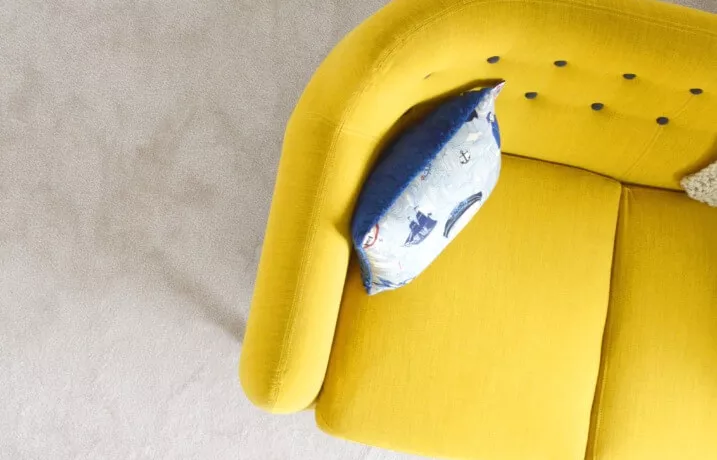WalkMe Team: Buying furniture and personal goods are not initially thought of as a technological process, how were you able to make this shift to digitalize the process at John Lewis?
John Vary: I think it is important to step back from the fact that this was furniture and think about your starting point when attempting to create something new. It is easy to focus on digital and technology, but in reality, you have to let go of the technology and empathize with the customer. How do you want them to feel? What problem do they have without this concept and how can you add value? For me, value is the catalyst. Before anything else, you have to figure out how to drive value for your customers, and that line of thought will lead innovation.
Simplify your customer experience today with WalkMe.
WalkMe Team: As a “futurologist” many of your ideas (like your interactive studio concept) are very forward thinking. How much internal resistance do you experience along the way?JV: Pushback is natural when you predict or create challenges in today’s landscape or product market. That is why empathy and emotional intelligence are as important as creativity and problem-solving. Working with new innovations isn’t like pushing a new product into shops, it is much bigger than that. We are promoting concepts that we believe in, and the only way they will succeed is if we collaborate as a team. Part of the process is ensuring colleagues in all areas of the business are sold on the journey, and take part in the creation process. You can never have access to all the insights and problems — partnership is how we learn.
“Pushback is natural when you predict or create challenges in today’s landscape or product market. That is why empathy and emotional intelligence are as important as creativity and problem-solving.”
WalkMe Team: How have you gone about building a digital culture in a traditional industry — both, internally (employee side) and externally (customers)?
JV: Creating an identity of innovation has always been an objective of mine. To do this I created ‘Room Y,’ basically a lab where I can test and anticipate the changing consumer landscape. I can search for what furniture, what styles, what technology our customers want tomorrow. We hired 2 people with the right mindset and motivation to help. They are responsible for creating human-centered concepts that drive value and spread this mindset across the Partnership.
WalkMe Team: What has been the greatest transformational hurdle that you have had to overcome at John Lewis?
JV: Personally, I have worked very hard to connect with people, to avoid feeling like we need to overcome a transformational hurdle. The biggest hurdle, I suppose, is time — and the fact that everything is changing so quickly.

WalkMe Team: How do you ensure that new customers are exposed to all necessary features and capabilities of the product you have designed — especially when it comes to new technology that hasn’t been widely adopted yet?
JV: The customer really is at the heart of everything we do. We have an in-house UX lab that allows the Partnership to test new concepts with real customers. Equally important is working with our partners (employees) in store to ensure they are part of our process. In doing so, we continue learning to iterate and ensure real value is achieved.
WalkMe Team: What is your vision for the future of the retail industry?
JV: Without giving too much away, I will say that in the future of retail, what matters to us will not change and that is: Keeping the Customer is at the heart of everything we do. I will add that I am currently working on a piece of work looking at 2030, identifying potential scenarios based on different emerging trends we might see in technology, industry and consumer expectations. I will use this piece of work to provoke discussions internally.
WalkMe Team: What inspires you to come up with cutting-edge ideas?
JV: My biggest inspiration has to come from dreaming! Having the freedom to bring these dreams to life is what makes my job special. We are surrounded by context and inspirational stimulus from the way children engage with toys and technology to the way we live our lives every day. The key is to remain forever curious, keep your eyes open and stay vulnerable.
Learn how you can stay ahead of the digital transformation curve with WalkMe.

